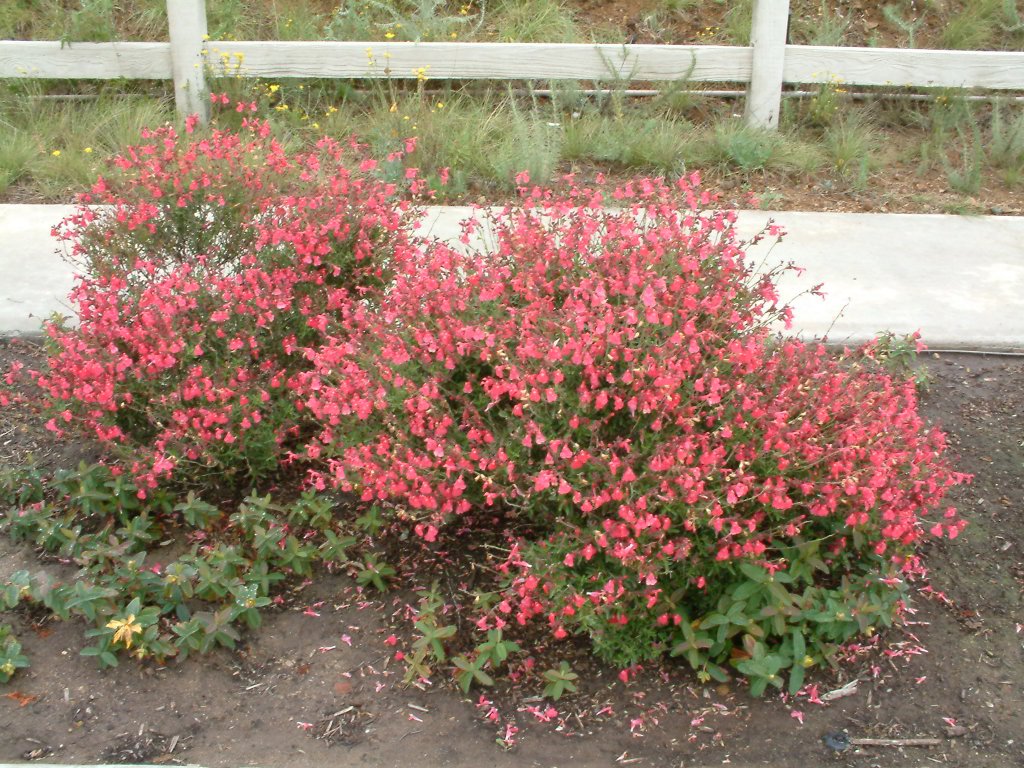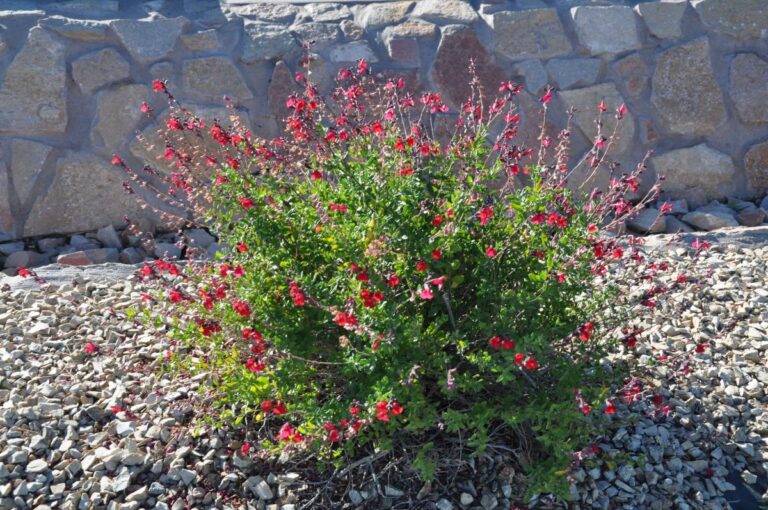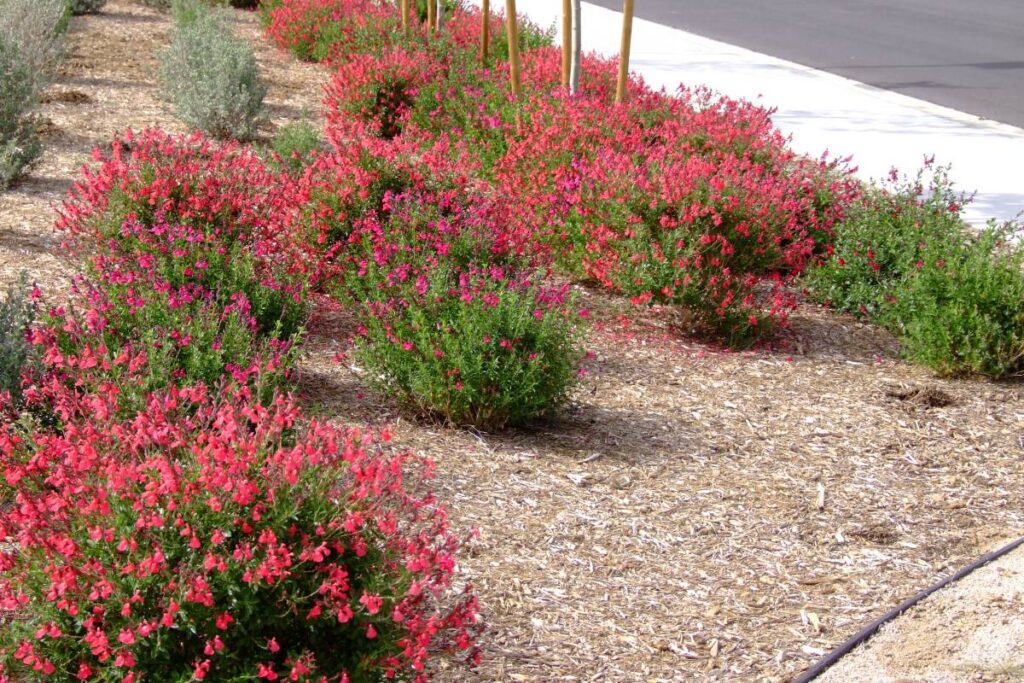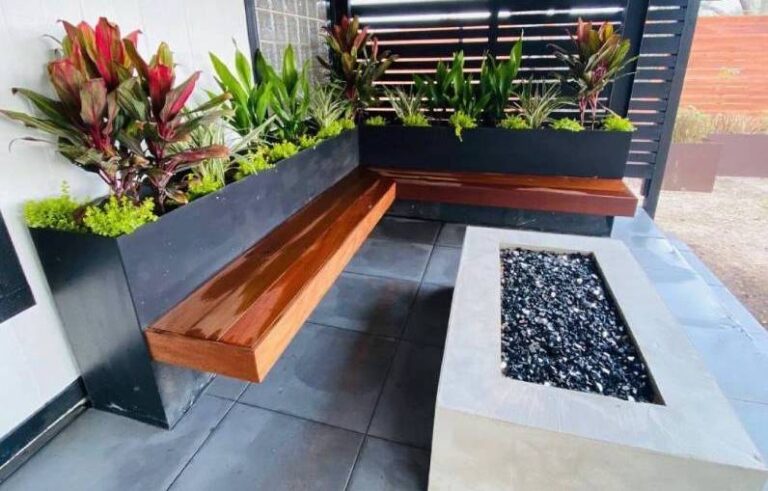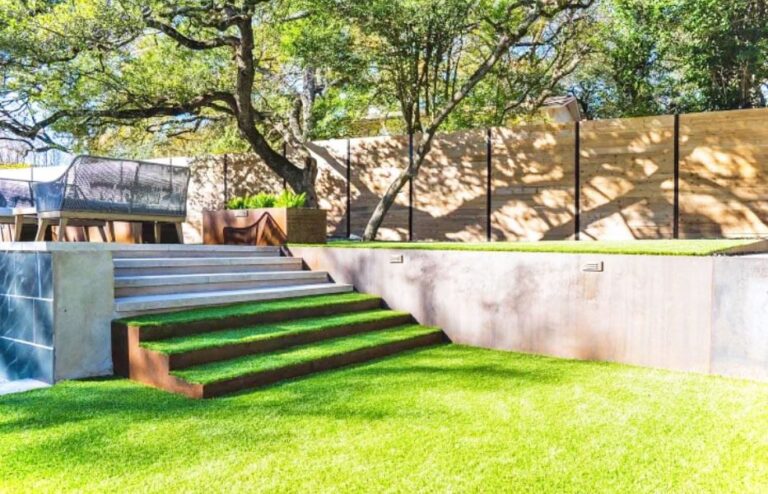Autumn Sage
Salvia greggii
The Autumn Sage plant offers months of color. It's native to Central and West Texas, making it an excellent addition to your Austin landscaping. Thanks to its high heat and drought tolerance, it's a great low-maintenance plant that doesn't require much help to thrive.
Autumn Sage is an ornamental plant that thrives in Austin and many other parts of Texas. It’s a subshrub plant with a woody base and low mature height. Fully grown, these plants only reach about three feet high at most and are equally wide. But one characteristic that makes Autumn Sage an excellent plant for landscapers is its fast-growing nature. In Austin, most newly planted Autumn Sages will reach their maximum height in the first growing season.
In Austin landscaping, Autumn Sage is an evergreen plant. It holds onto its leaves and maintains its color throughout the year. The flower spikes will bloom from spring to fall, unveiling high-impact color. There are many Autumn Sage varieties with shades of pink, deep red, white and more.
